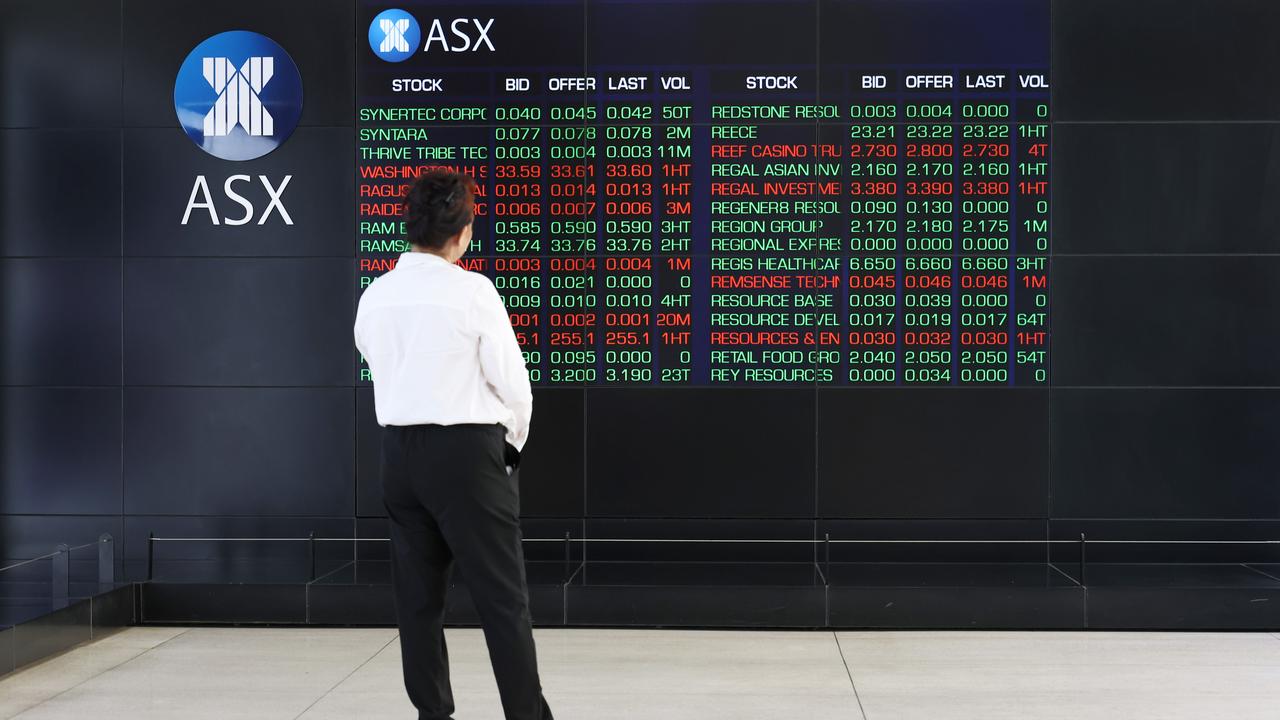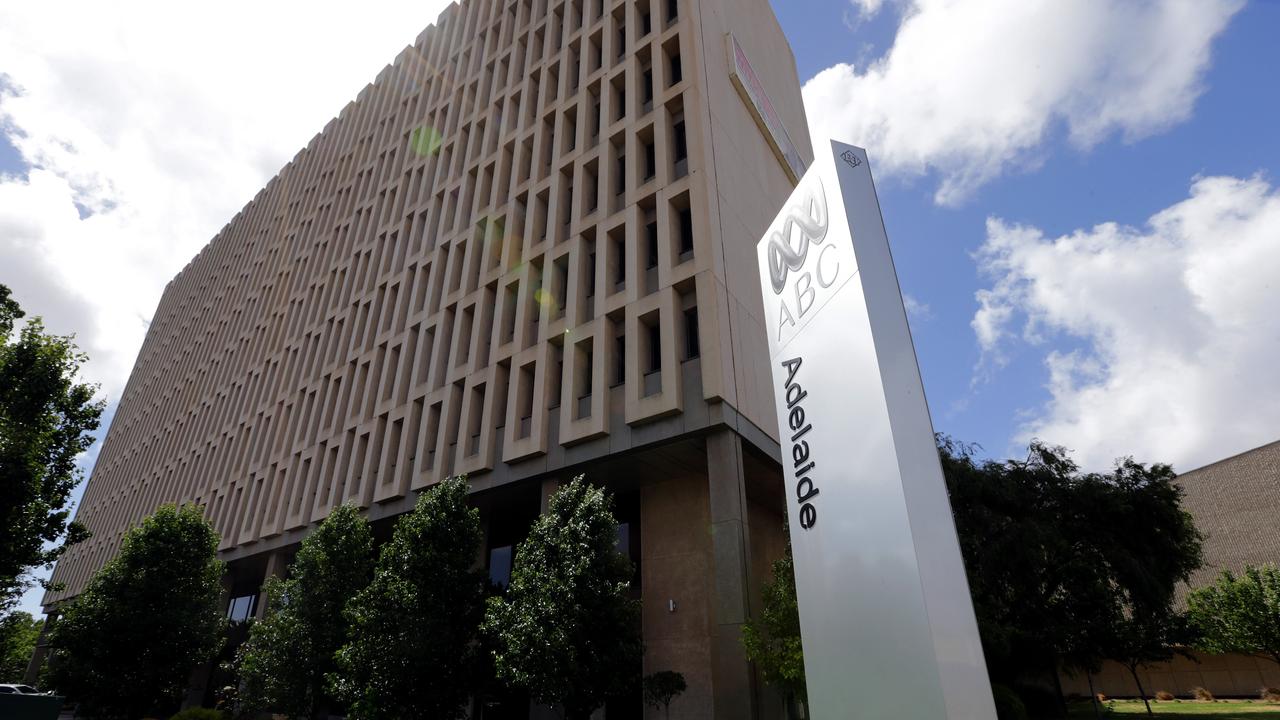Future Fund’s earnings to ease as interest rates and international tensions take their toll
The Future Fund’s returns will be negatively affected by moves to control inflation and geopolitical tensions.
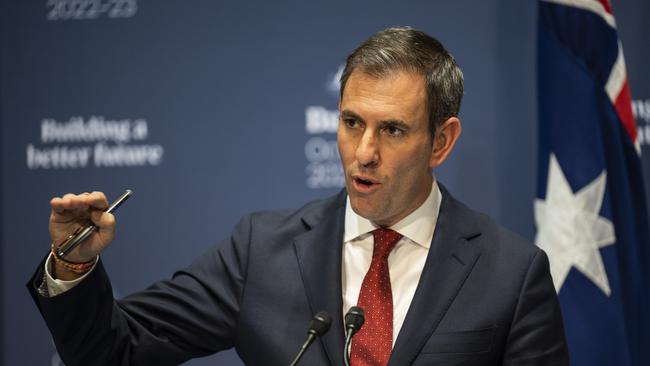
Business
Don't miss out on the headlines from Business. Followed categories will be added to My News.
The Future Fund says moves by governments to control high inflation – and persistent geopolitical tensions – will temper its returns after it posted a 0.6 per cent fall for the first three months of the financial year.
Funds under management are now at $192bn.
During the same period, the ASX 200 index increased slightly, although the Future Fund did outperform the ASX 200 on an annual basis, with a return of -3 per cent compared to -8 per cent for the 12 months to September 30, 2022.
“The exceptional monetary and fiscal stimulus of the last few years is being withdrawn, reducing asset prices and introducing much more volatility,” Future Fund chairman Peter Costello said on Wednesday.
“The board continues to take a prudent approach to positioning the portfolio. We are focused on sustaining a portfolio that is as robust as possible to a range of scenarios, and that balances our risk and return objectives.
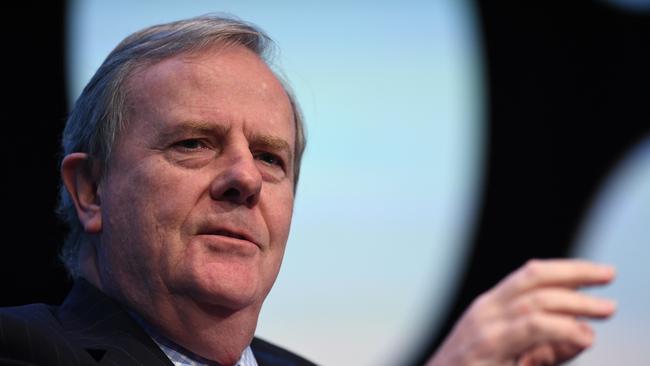
“We expect that real returns will continue to be much lower than in recent decades.”
Global stocks, bonds and currency markets experienced high volatility during the quarter as a flow-on from high inflation and the subsequent central bank interest rate rises, as well as increased risk of recession in most developed countries.
Over all portfolio changes for the quarter compared with the previous corresponding period showed an increasing shift to alternatives, up to 18.4 per cent from 13.4 per cent, an increase in private equity from 17.3 per cent to 18.2 per cent, and an increase in Australian equities from 8.1 per cent to 8.3 per cent.
During the same period the portion of the portfolio moving in cash fell to 9.7 per cent from 15 per cent and global equities also fell during that period.
The Future Fund considers its portfolio on a 10-year basis and said that during this period it produced a return of 9.2 per cent per annum against a target of 6.6 per cent. “Looking ahead, key issues will be the extent of monetary policy tightening required to achieve inflation targets, how markets will respond to tightening measures, and the impact of fiscal policy measures on global financial systems,” said Mr Costello. “Ongoing geopolitical tensions also continue to pose risks to investors.”
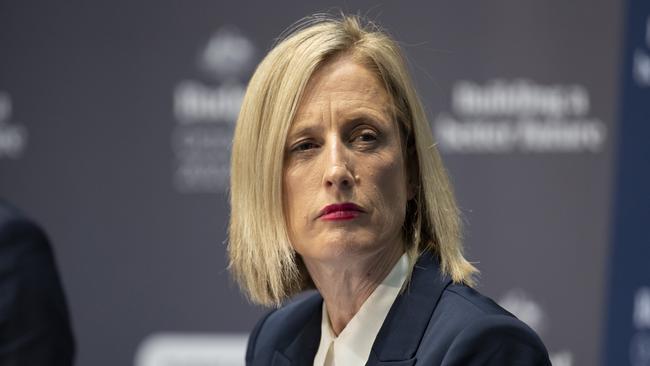
Overall, the fund remains in “moderately below neutral risk setting”, indicating it is not expecting very weak conditions but rather less rewarding and volatile markets where selection will determine the winners.
Earlier this month, Treasurer Jim Chalmers and Finance Minister Katy Gallagher told Mr Costello that the government would stick with the Coalition’s pledge to quarantine the sovereign wealth fund and keep it growing to cover unfunded Commonwealth super liabilities.
The government will continue with its existing policy of not making any withdrawals from the fund until at least 2026.
The fund’s assets are owned by the federal government and exist to “make provision for unfunded commonwealth superannuation liabilities” and ease long-term pressure on the budget. Under the 2006 Future Fund Act, governments could start drawing down on the fund from mid-2020.
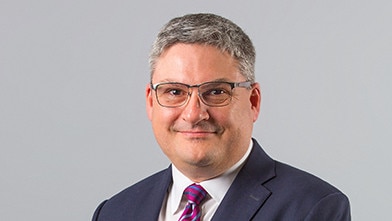
Future Fund chief executive officer Raphael Arndt said the fund would continue to be positioned for variable market conditions. “We have been actively repositioning the portfolio to respond to this environment,” Mr Arndt said. “We are focused on enhancing portfolio resilience while increasing our allocation to strategies designed to protect the portfolio against inflationary scenarios. In addition, the risk of a global recession has increased at the same time, further testing investment strategies.”
Originally published as Future Fund’s earnings to ease as interest rates and international tensions take their toll


